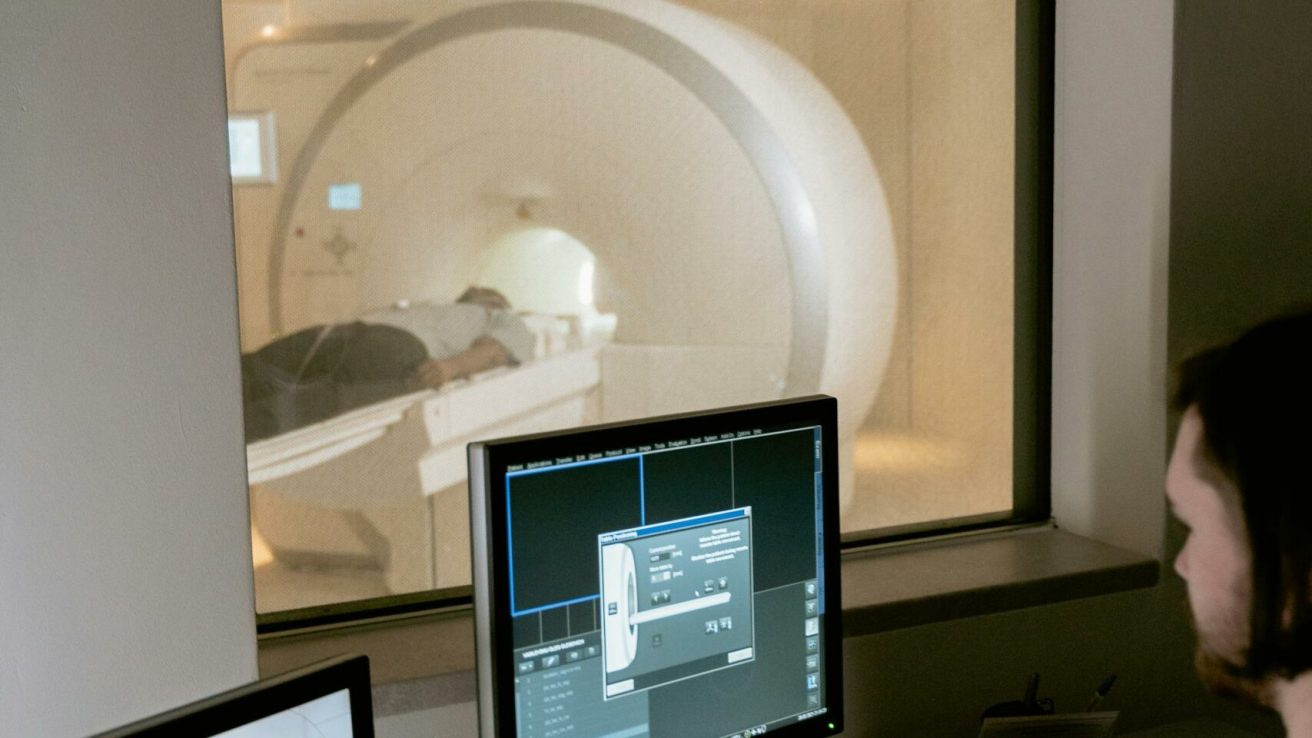Secondary analysis of a prospective trial finds that while repeated screening for prostate cancer is crucial to the detection of pathology, the proportion of magnetic resonance imaging scans that prompt suspicion of cancer is relatively low.
Prostate cancer screening with prostate-specific antigen (PSA) plays a pivotal role in decreasing cancer-related mortality. Screening with PSA testing and tissue biopsies prompts overdiagnosis of cancer. While guidelines recommend repeat testing every 1 to 4 years, there is limited data to support the use of magnetic resonance imaging (MRI) in repeat cancer screening.
In a secondary analysis of the STHLM3-MRI trial, a prospective, randomized population-based study, the authors assessed the outcomes of PSA testing with MRI and biopsies in repeated prostate cancer screening. The study’s findings are published in JAMA Network Open.
Baseline Characteristics
A total of 1,500 participants were eligible for the clinical trial. The median age of the participants was 67 (61–72) years. The median PSA levels at baseline were 2.8 (2.1–4.0) ng/mL, and previous biopsies had been performed in approximately 16.3% of the patients. Approximately 20.2% of the participants had a positive family history of prostate cancer.
Prostate-Specific Antigen Levels
Of the total participants, 667 had PSA levels ≥ 3 ng/mL. In the re-screening period, 326 of the 1094 men who previously had PSA levels of 1.5–2.9 ng/mL were found to have PSA levels ≥ 3 ng/mL. During re-screening, 119/1094 had PSA levels < 1.5 ng/mL. Of the 406 participants who had PSA levels ≥ 3 ng/mL without cancer detection at the first screening, 341 had PSA levels ≥ 3 ng/mL at the time of re-screening.
Magnetic Resonance Imaging
Approximately 92.5% of the men with PSA levels ≥ 3 ng/mL at the time of the second screening underwent MRI evaluation. Only 4.9% of these patients had a minimum of one suspicious lesion identified on MRI with a Prostate Imaging–Reporting and Data Systems (PI-RADS) score of 4–5, and only 1.5% of men had lesions corresponding to PI-RADS score of 4 or 5.
Rates of Cancer Detection
Of the 84 men with lesions corresponding to a PI-RADS score ≥ 3, 81 underwent biopsy, of whom 48 were diagnosed with prostate cancer (Gleason score ≥ 7). The PSA levels in 38 out of 48 men were 3–4.9 ng/mL.
Source:
Nordström, T., Annerstedt, M., Glaessgen, A., Carlsson, S., Clements, M., Abbadi, A., Grönberg, H., Jäderling, F., Eklund, M., & Discacciati, A. (2024). Repeated prostate cancer screening using Prostate-Specific antigen testing and magnetic resonance imaging. JAMA Network Open, 7(2), e2354577. https://doi.org/10.1001/jamanetworkopen.2023.54577






